Life Begins at Forty: A Strategic Perspective on Addressing Presbyopia in India
_(6).jpg)
By P. Ramachandran Eyewear Consultant and Fellow – Institute of Directors (IOD)
India is on the cusp of a demographic transformation. With over 476 million people aged 40 and above in 2025 and this number expected to cross 600 million by 2035, presbyopia is silently emerging as a widespread public health challenge, especially in rural India. Despite being one of the most easily correctable visual impairments, millions continue to live with compromised near vision due to a lack of access, awareness, and enforcement of quality standards.
.jpg) |
This article presents my perspective on the scale of the problem and offers practical, systemic recommendations aligned with public health goals and WHO Specs quality benchmarks.
Demographic Forecast: 2025–2035
| Year | Estimated Population | % Aged 40 + | People Aged 40 + (millions) |
| 2025 | ~1.464 billion | ~32.5% | ~476 million |
| 2031 | ~1.522 billion | 35–38% | ~530–580 million |
| 2035 | ~1.55–1.60 billion | 37–38% | ~580–600 million |
The Burden of Presbyopia in 2025
Presbyopia prevalence increases with age:
- 35–40% in the 40–49 age group
- 55–65% in the 50–59 group
- 70–85% in those aged 60+
| Age Group | Population Estimate | Prevalence | Estimated Presbyopes |
| 40–49 | 180 million | 35–40% | 63–72 million |
| 50–59 | 150 million | 55–65% | 82–98 million |
| 60+ | 146 million | 70–85% | 102–124 million |
Understanding the Magnitude
Presbyopia isn't a disease—it's a natural part of aging. Yet, if untreated, it limits reading, working, mobility, and independence, especially in agriculture-dependent and informal economies. Despite the simplicity of intervention (reading glasses), India faces a triple challenge:
1. Access
Vision care is urban-focused. Many rural areas lack trained personnel, basic infrastructure, or optical outlets
2. Awareness
Millions aren't even aware that their near vision loss is correctable. Misconceptions abound.
3. Affordability
While glasses are inexpensive, logistics and distribution to remote areas raise costs and delay access.
.jpg) |
Recommendations: Building a Sustainable Vision Care Ecosystem
1. Strengthen Access
Upgrade Primary & Community Health Centres (PHCs, CHCs) and NGO-run vision centres. Establish district hubs anchored in government or charitable hospitals. Use tele-optometry and mobile clinics inspired by leaders like Aravind Eye Care, LVPEI, Sankara Nethralaya, and Shroff Eye Hospital Equip Optometrists, Ophthalmic Assistants, Vision Technicians, and Opticians through targeted training. Collaborate with capacity-building institutions like LAICO.
2. Drive Awareness
Launch government-backed campaigns via TV, radio, and local influencers. Train ASHA workers, SHGs, and panchayats to spread awareness in local languages.
3. Improve Affordability
Supply subsidized, quality-assured reading glasses via PHCs and outreach camps. Promote bulk procurement and domestic manufacturing to cut costs and ensure scale.
Enforcing Quality: A Non-Negotiable
Low-cost, substandard readers without optical precision are flooding the rural markets—doing more harm than good. We must: Enforce WHO 2030 Specs guidelines, align with NCAHP Act standards for qualified dispensing, and regulate via BIS or equivalent agencies to: Ban non- ompliant imports and mandate optical performance benchmarks.
Looking Ahead: A Call to Action
Presbyopia correction doesn’t demand complex technology — it requires vision, will, and coordination.
There’s no one-size-fits-all model for India. States must tailor solutions to local geographies and resources but share a common national goal: community-based, quality-assured, equitable eye care
With India's geopolitical push for self-reliance, we must reduce our dependence on imported eyewear (currently 80%) and become globally competitive by fostering end-to-end local manufacturing, from raw material to finished product.
This article reflects the author's personal perspectives and professional recommendations based on demographic insights and on-the-ground realities in India's vision care sector.

.jpg)

.jpg)
.jpg)
.jpg)
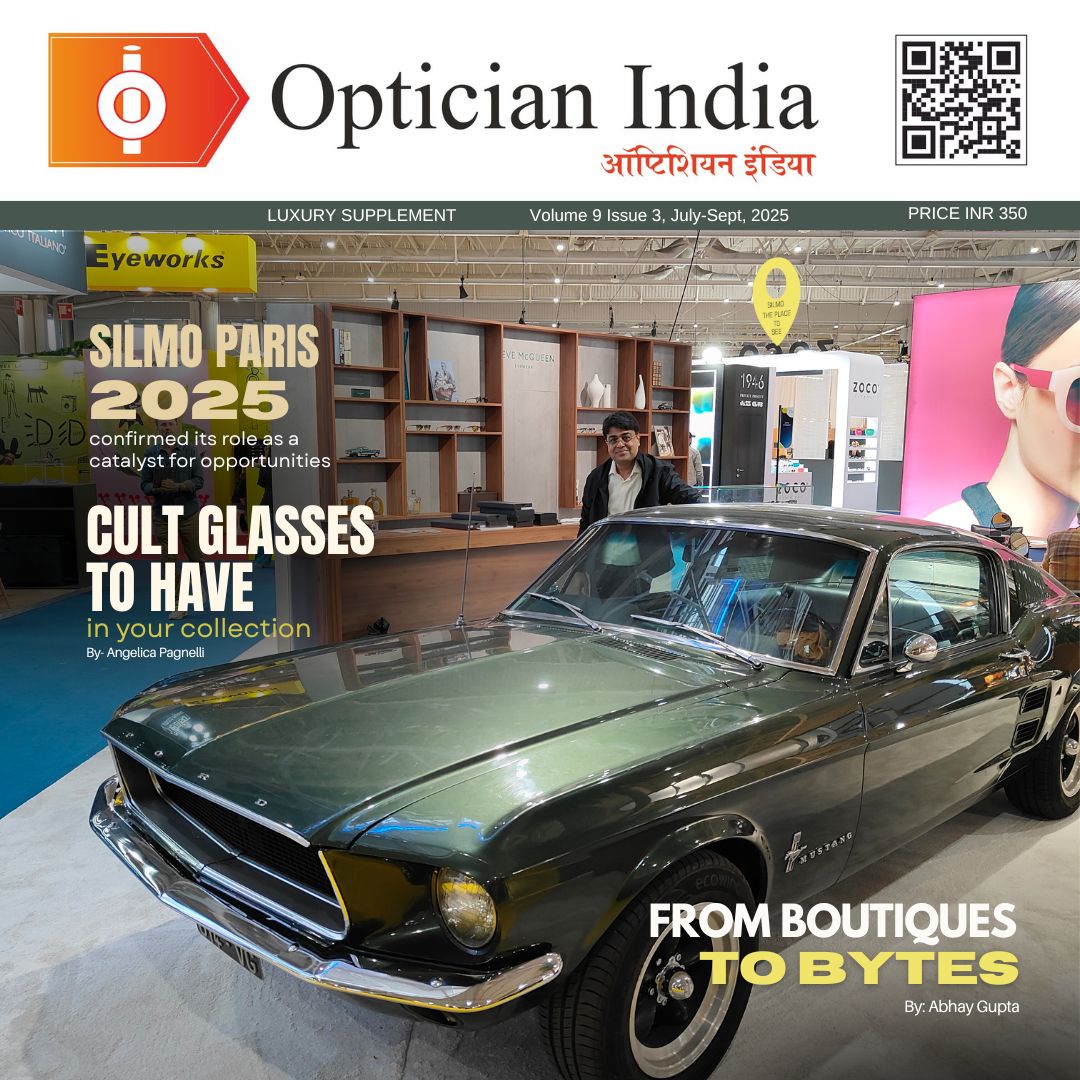
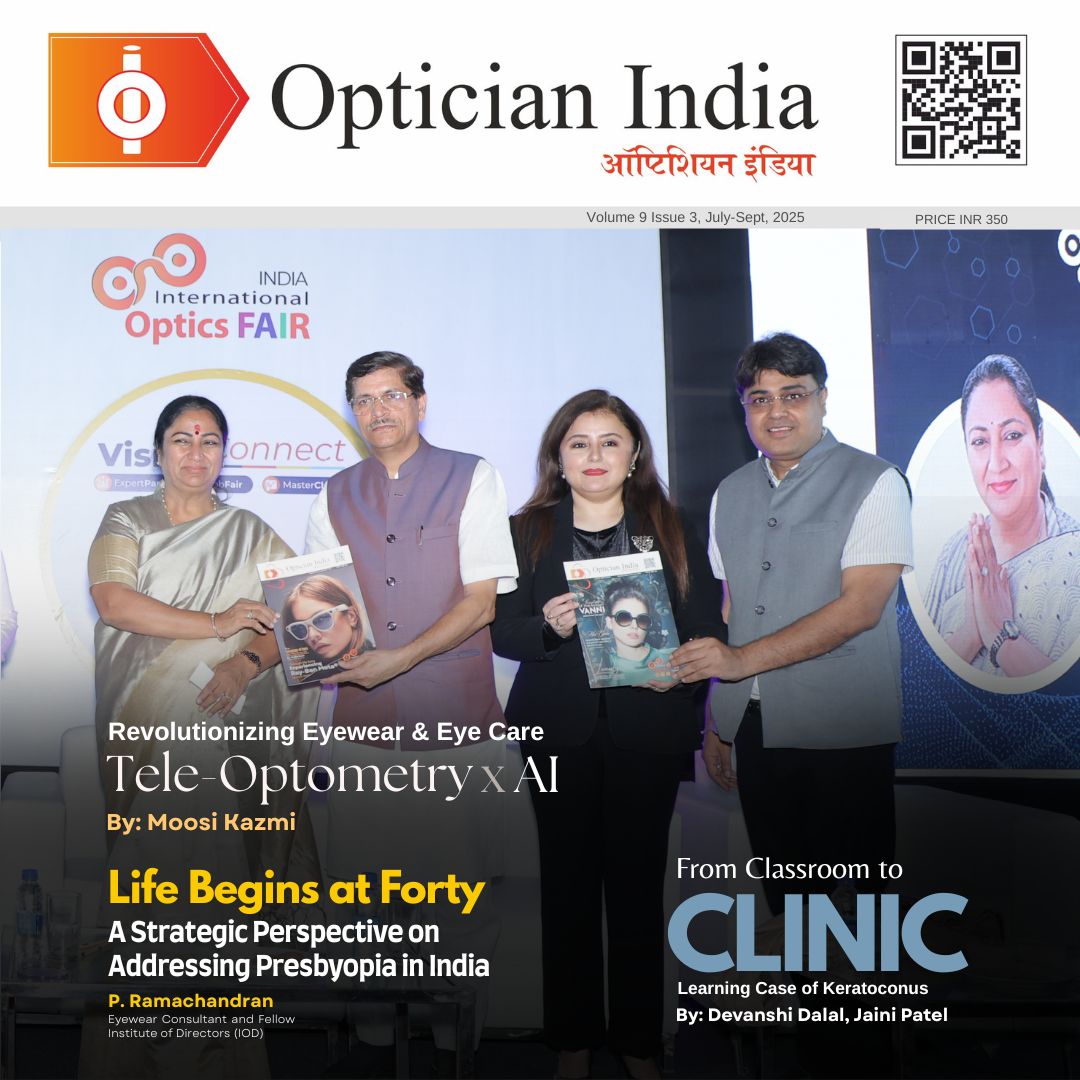
1.jpg)
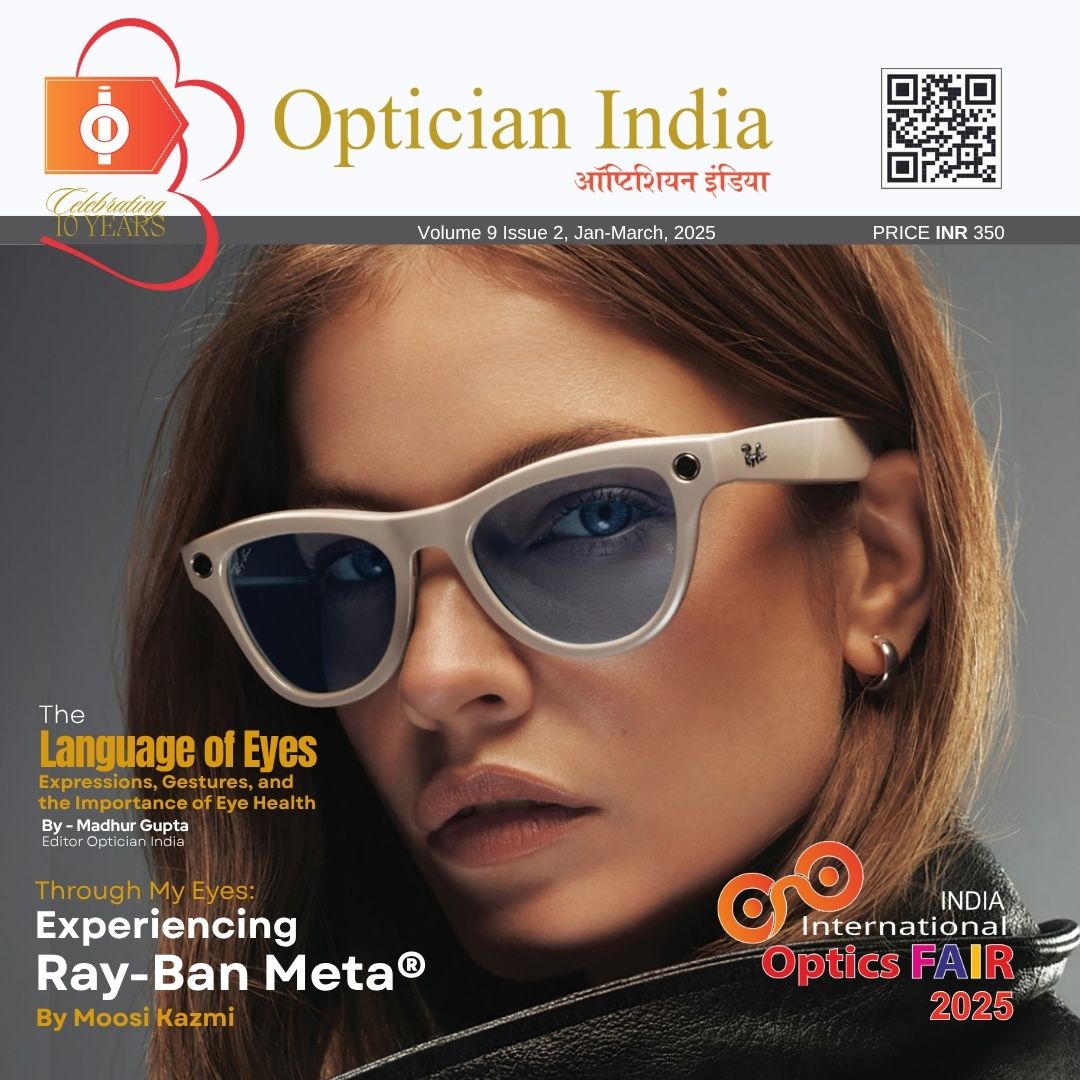


.jpg)
.jpg)

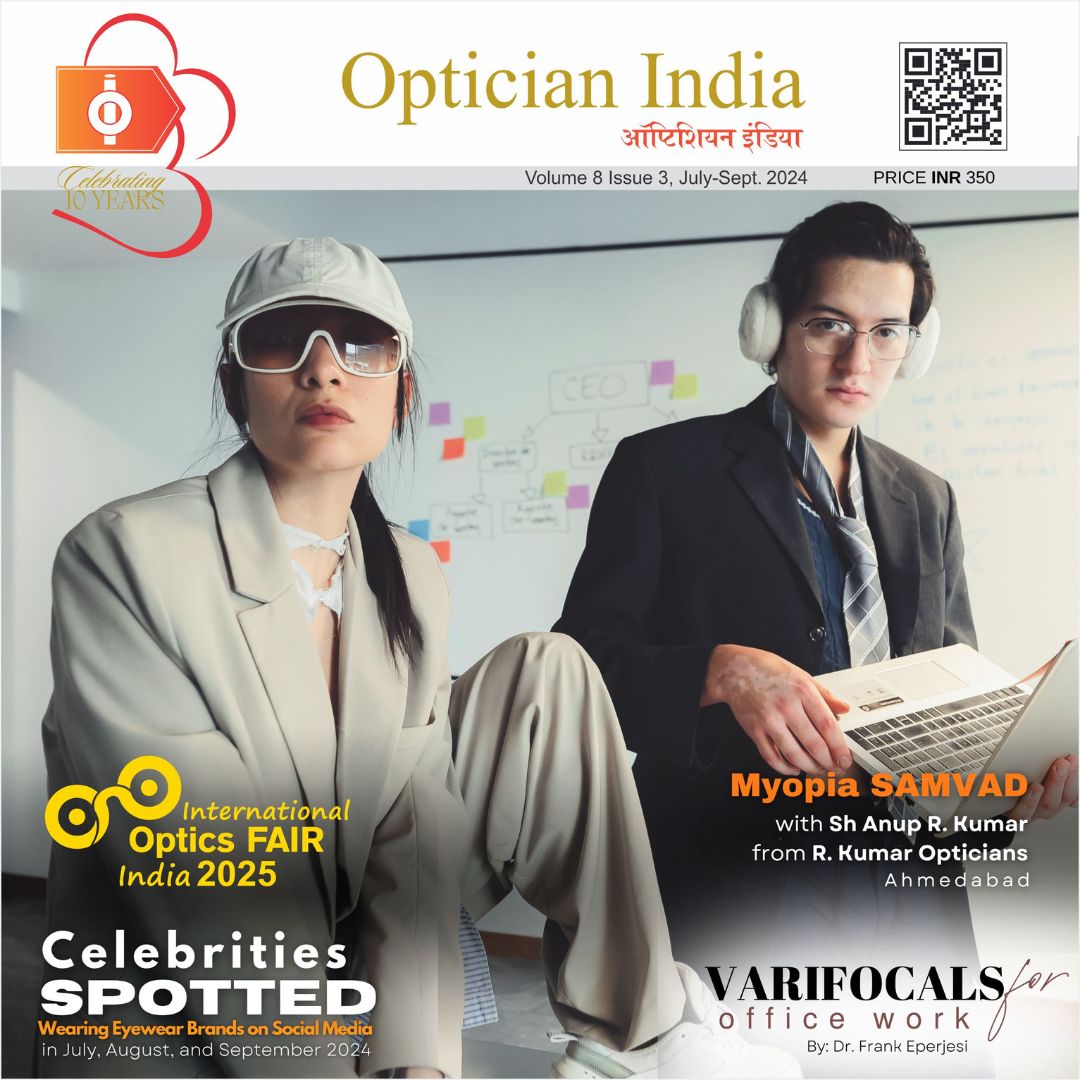
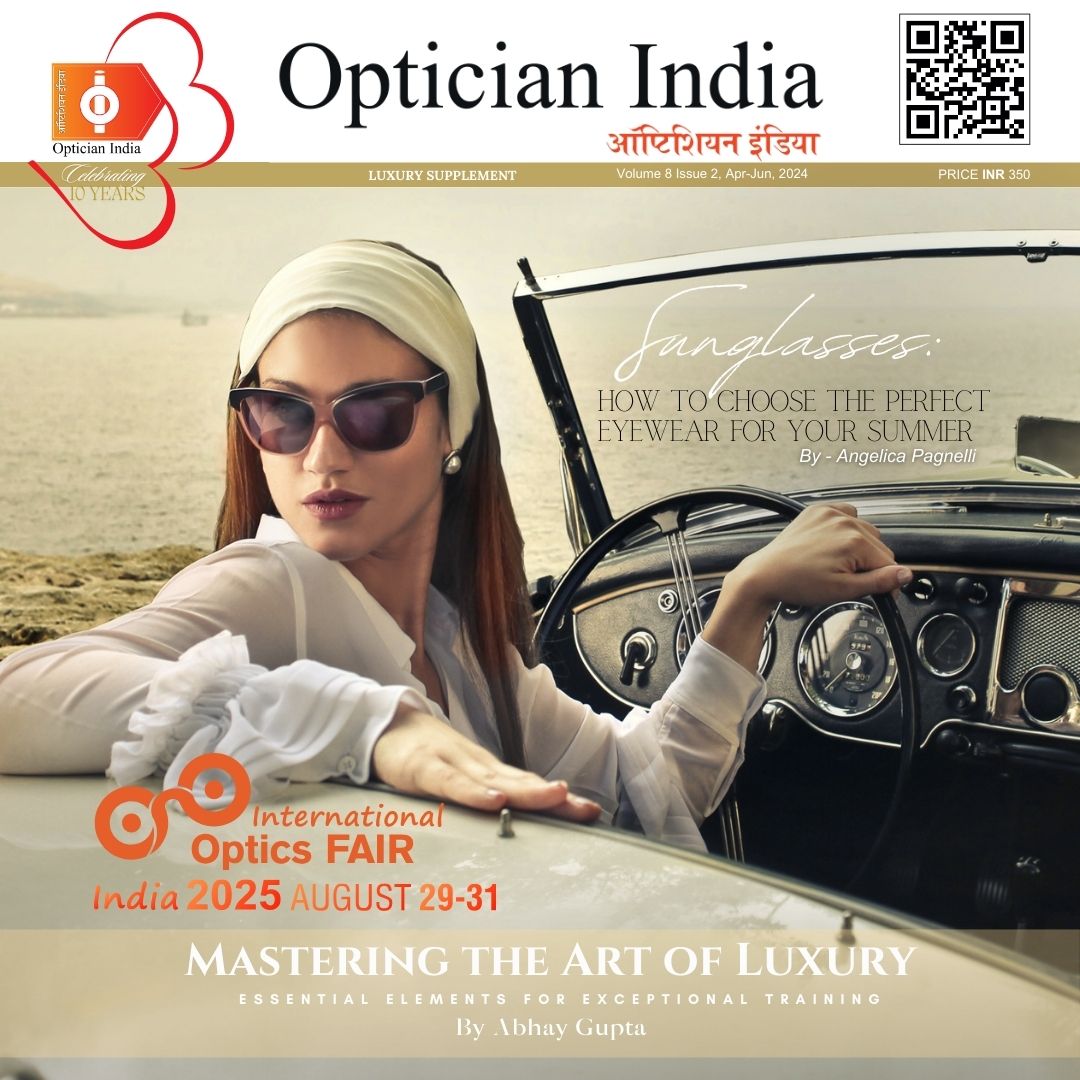
_(Instagram_Post).jpg)
.jpg)
_(1080_x_1080_px).jpg)

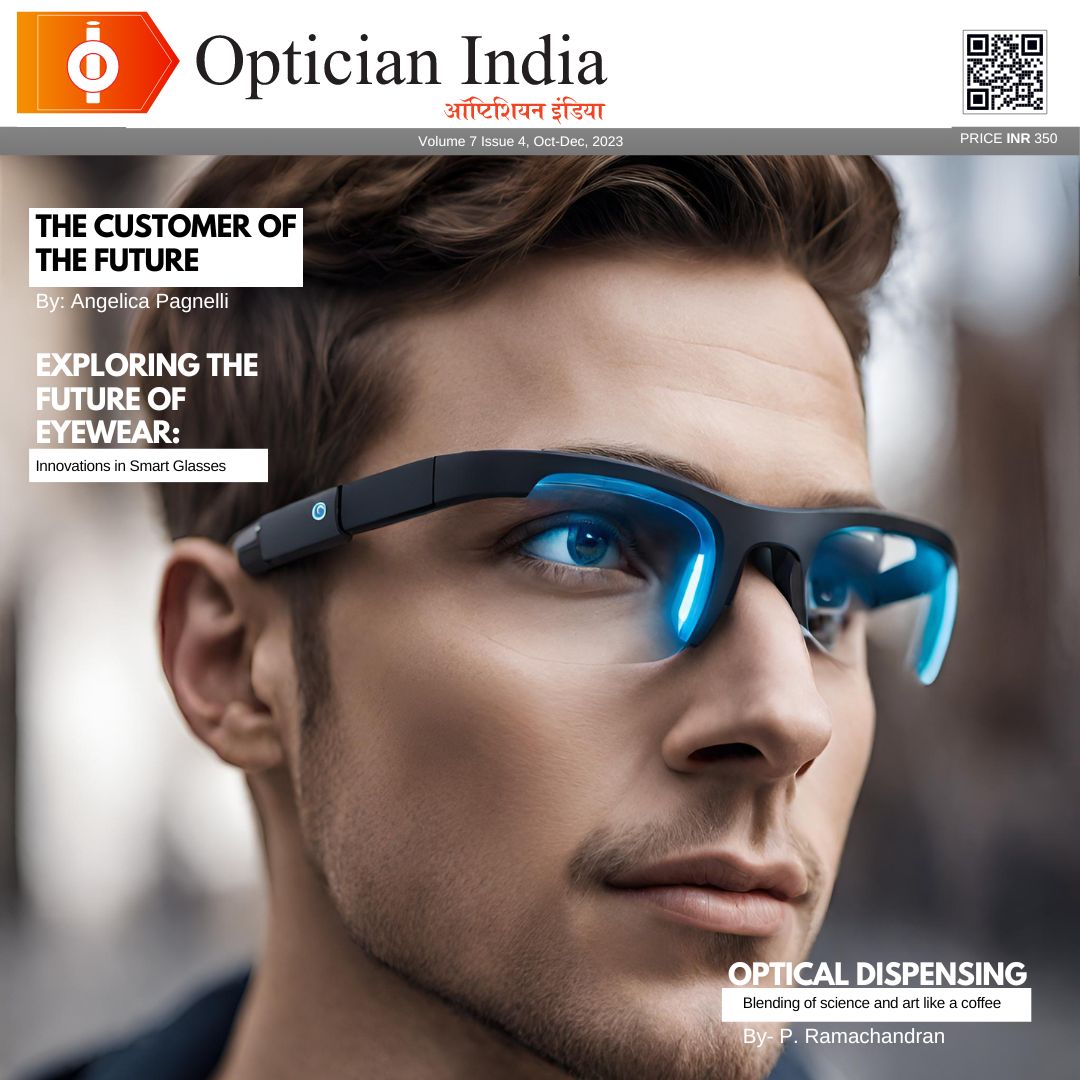
with_UP_Cabinet_Minister_Sh_Nand_Gopal_Gupta_at_OpticsFair_demonstrating_Refraction.jpg)
with_UP_Cabinet_Minister_Sh_Nand_Gopal_Gupta_at_OpticsFair_demonstrating_Refraction_(1).jpg)
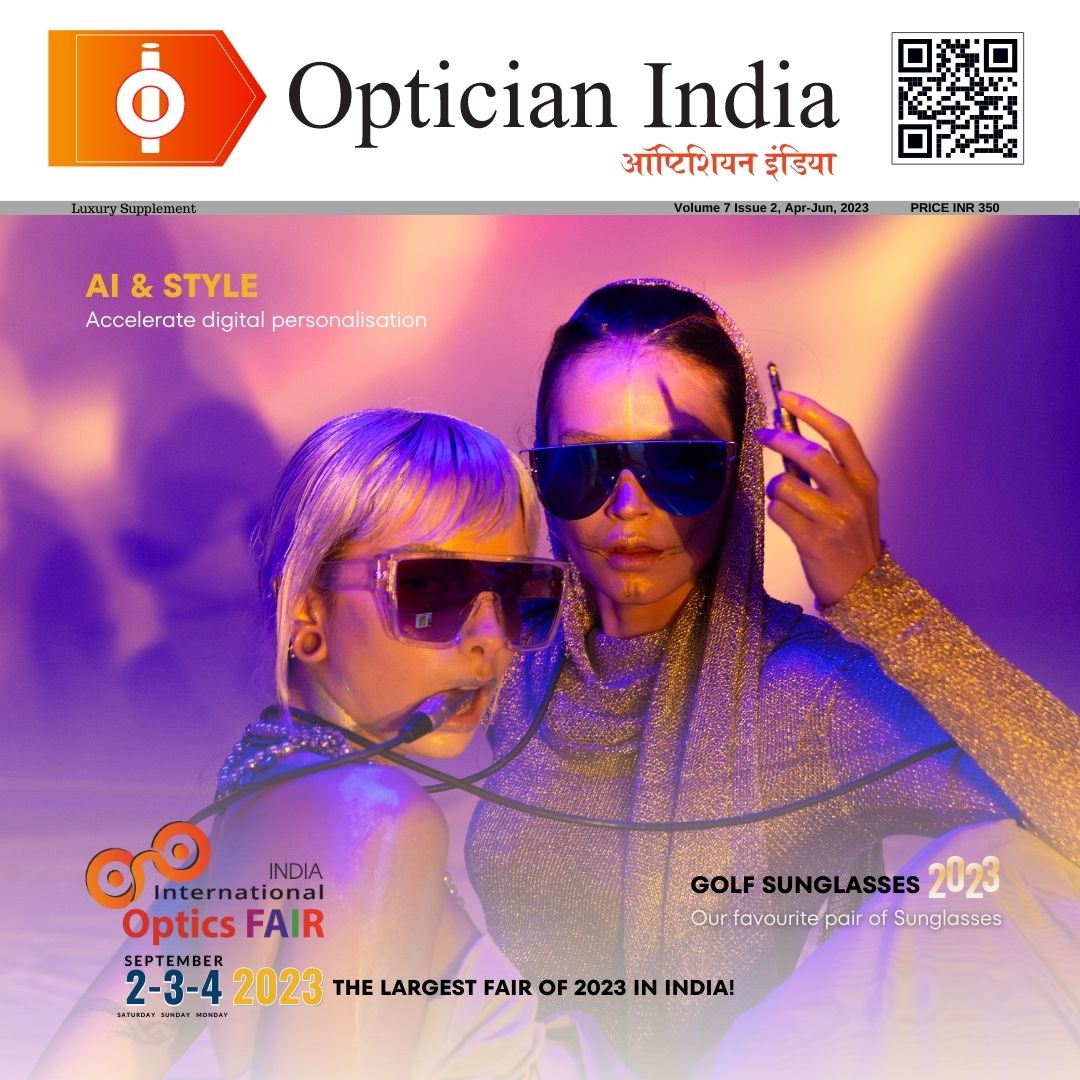
.jpg)




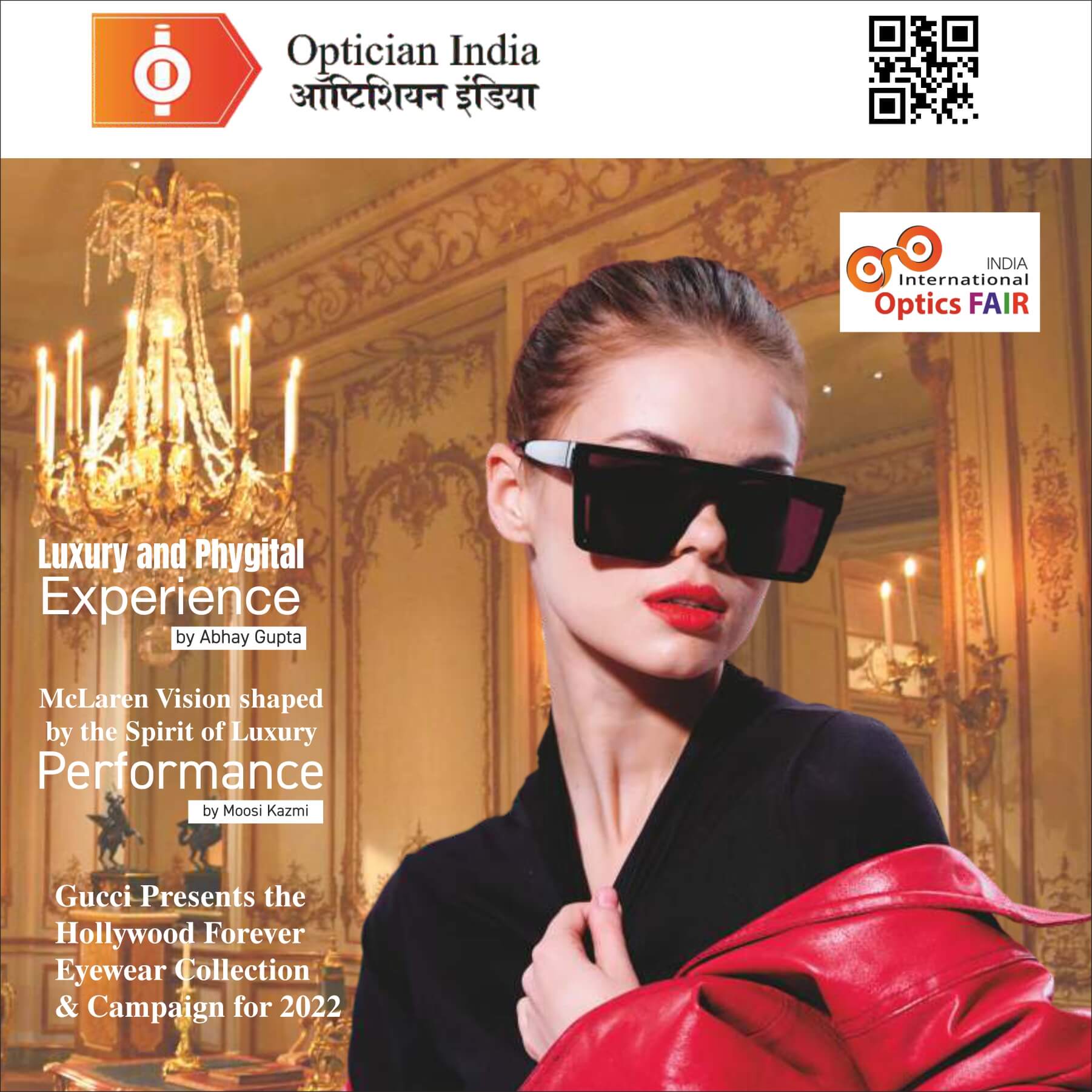
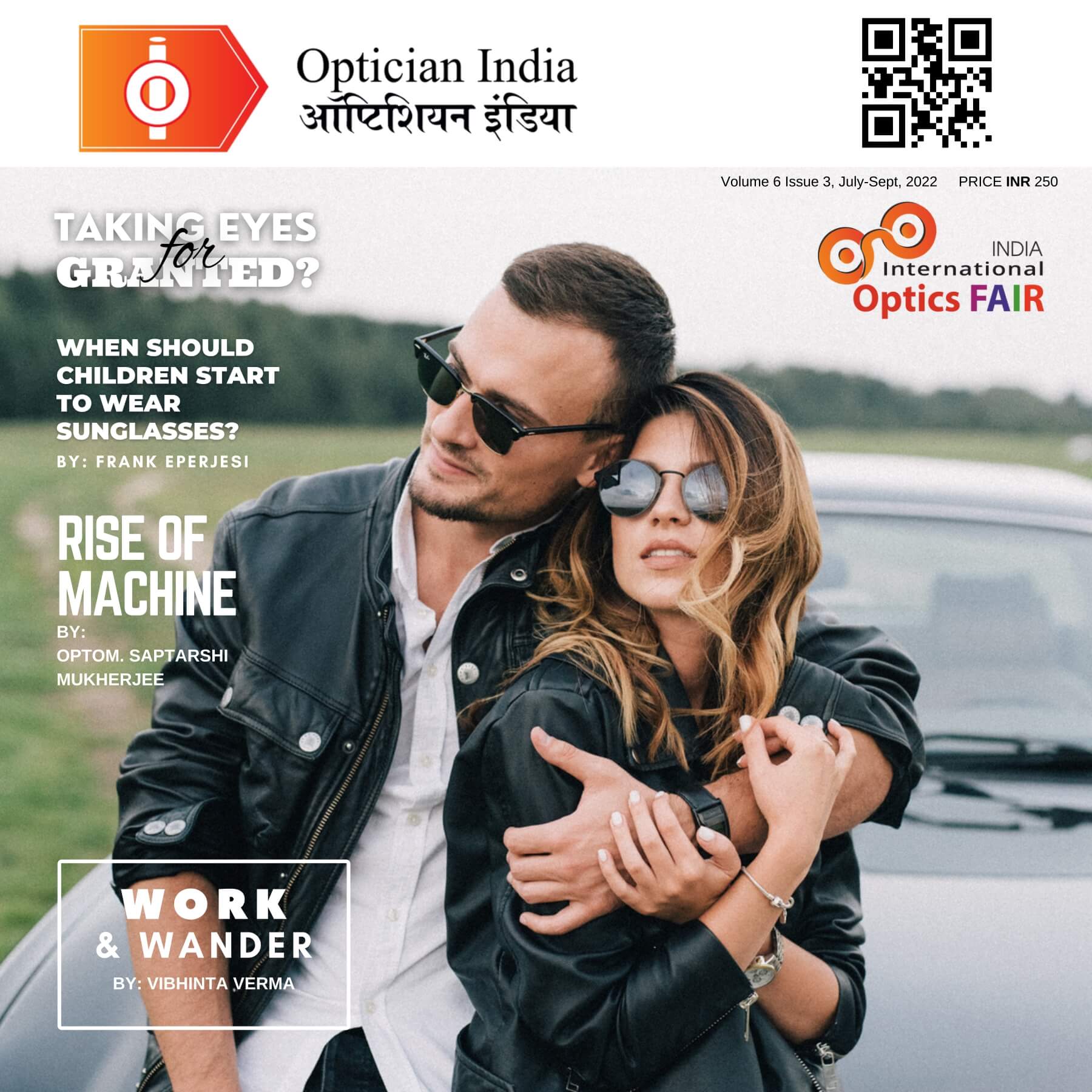
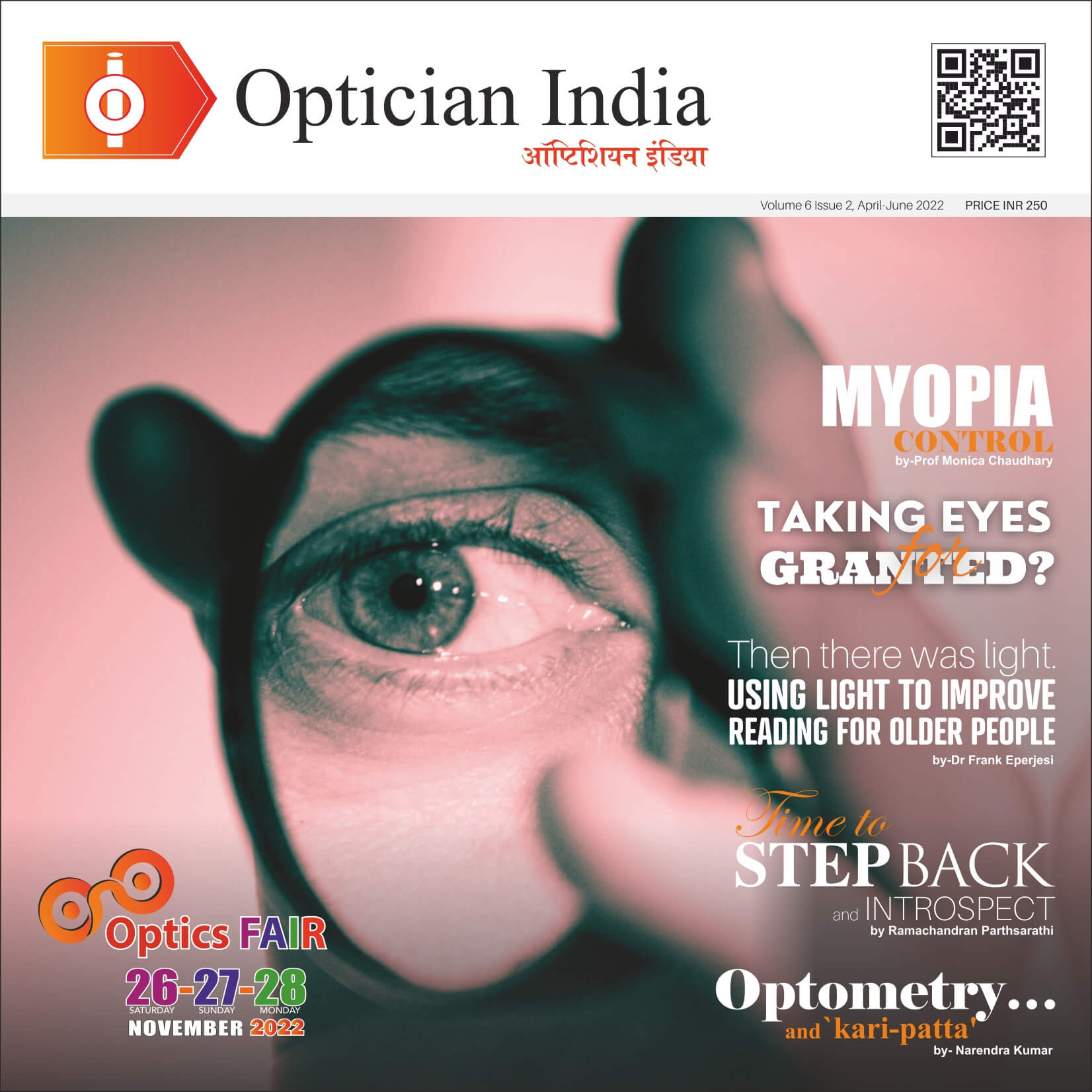

.jpg)


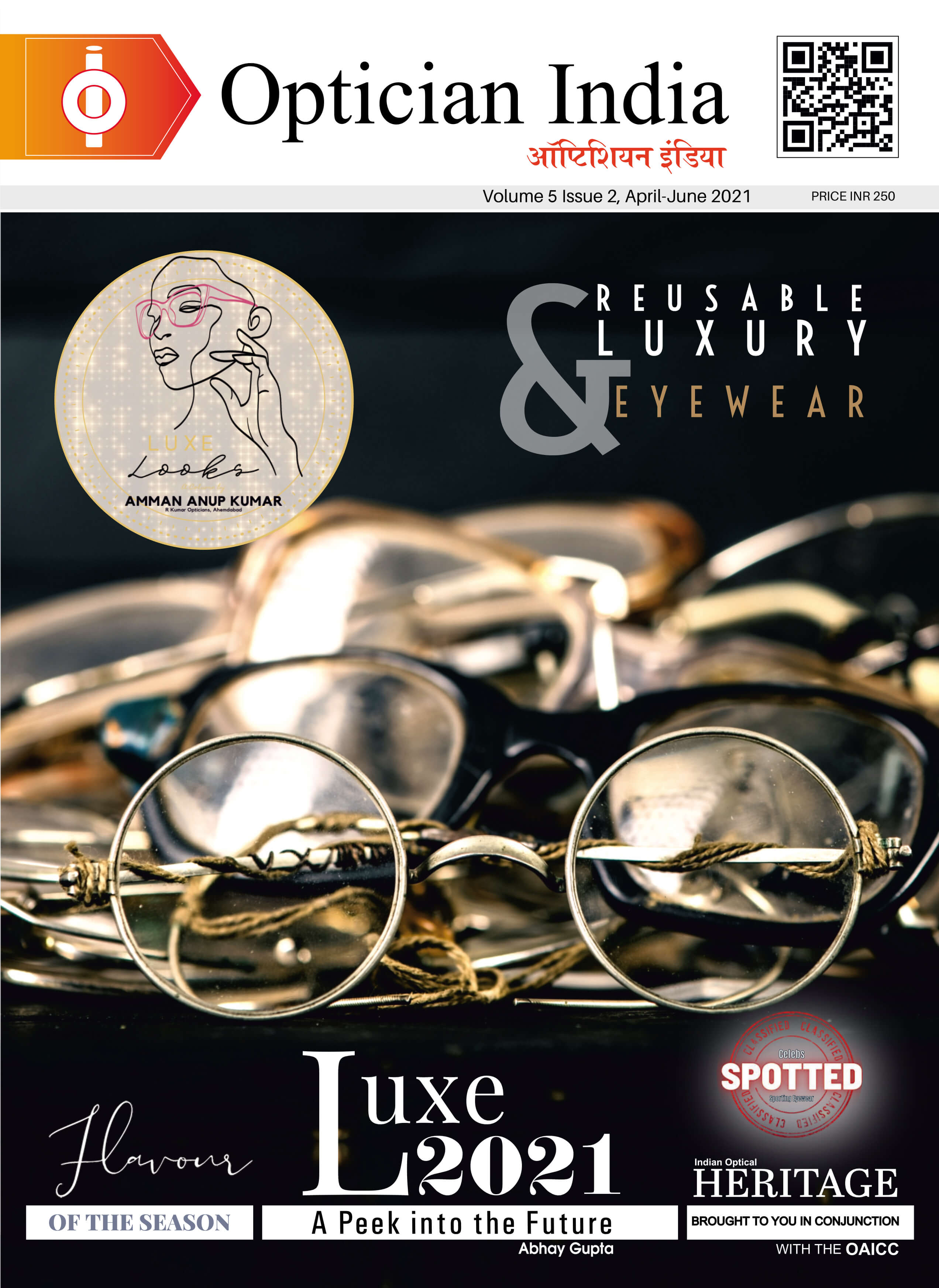
.png)




